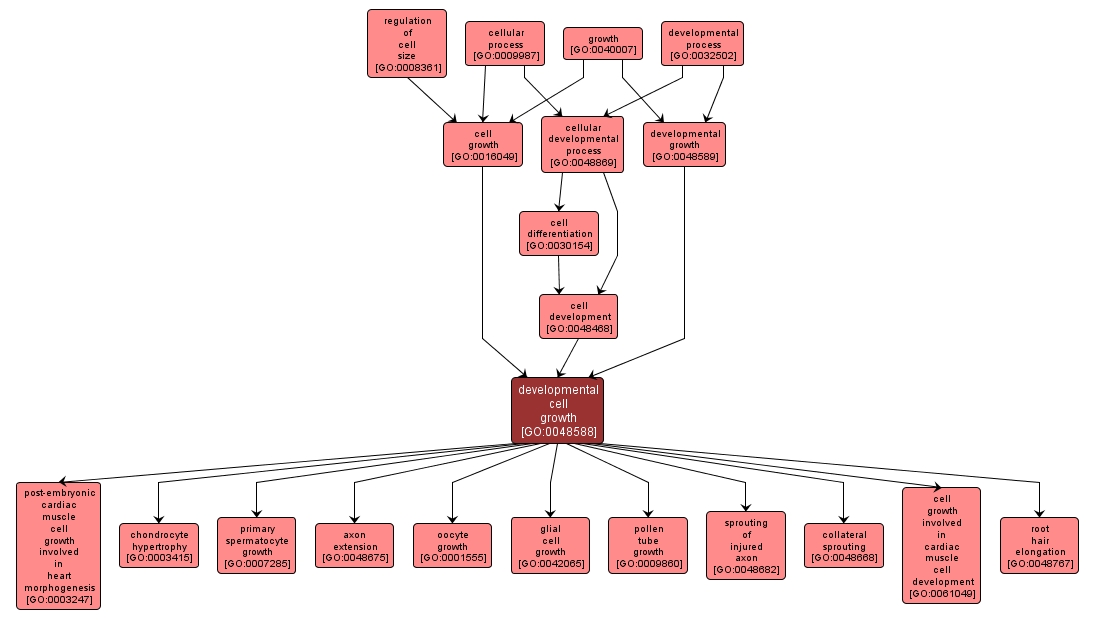GO TERM SUMMARY
|
| Name: |
developmental cell growth |
| Acc: |
GO:0048588 |
| Aspect: |
Biological Process |
| Desc: |
The growth of a cell, where growth contributes to the progression of the cell over time from one condition to another. |
Synonyms:
- developmental growth of a unicellular organism
|
|

|
INTERACTIVE GO GRAPH
|














